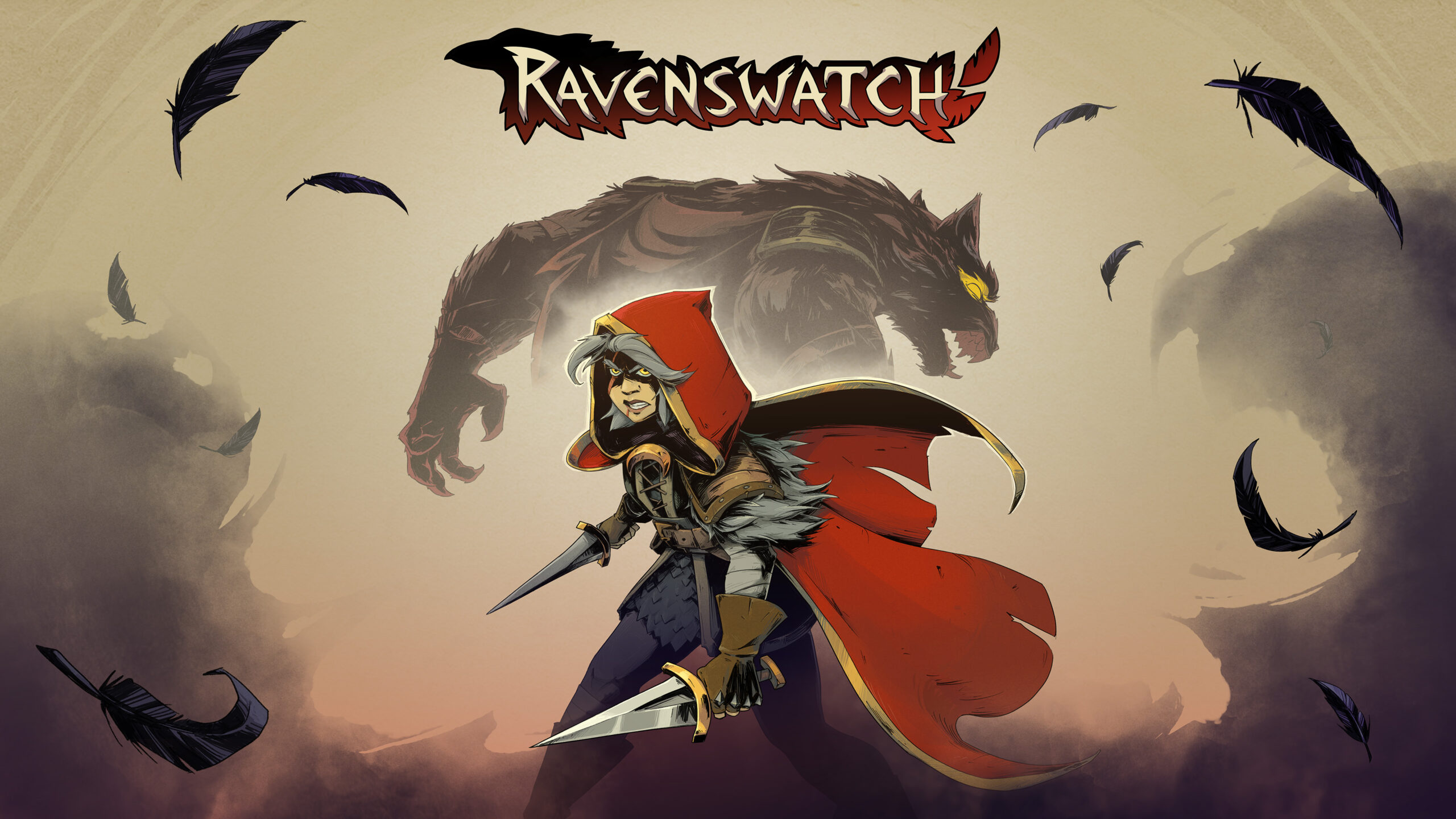
Is VR Gaming Mainstream in 2024? Exploring the Evolution of Virtual Reality
Virtual Reality Gaming in 2024: Niche Market or Mainstream Future?
In the ever-evolving landscape of gaming, virtual reality (VR) has long been the tantalising promise of immersive experiences, often depicted in science fiction as the ultimate frontier. As we stand in 2024, the question looms larger than ever: has VR gaming transitioned from a niche curiosity to a mainstream staple? Let's don our virtual headsets and delve into the current state of VR gaming.
The Technological Leap Forward
The past few years have witnessed significant advancements in VR technology. Headsets have become more affordable and user-friendly, with improved resolution and reduced latency enhancing the immersive experience. Devices like the Meta Quest 3 have garnered attention for their high-quality visuals and standalone capabilities, making VR more accessible to a broader audience.
Content is King: The Expanding VR Game Library
A critical factor in VR's mainstream adoption is the availability of compelling content. Developers have risen to the challenge, delivering a diverse array of games that cater to various tastes. From the rhythm-based frenzy of Beat Saber to the atmospheric horror of Resident Evil 4 VR, the VR gaming library has expanded significantly. Notably, titles like Hitman: World of Assassination and Metro Awakening VR are set to launch on PSVR2, indicating strong support from major franchises.
Latest Reviews
The Social Dimension: VR's Role in Online Interaction
VR has also made strides in the social gaming arena. Platforms like Meta's Horizon Worlds have created virtual spaces where players can interact, collaborate, and compete. However, this expansion has not been without challenges. The influx of younger users has raised concerns about content appropriateness and moderation, highlighting the need for robust community management.
Barriers to Entry: Challenges in VR Adoption
Despite technological advancements, VR gaming faces hurdles that impede its full mainstream integration. The cost of high-quality VR equipment, while decreasing, remains a significant investment for many consumers. Additionally, issues such as motion sickness and the physical space required for an optimal experience can deter potential users. Developers and hardware manufacturers are actively working to address these concerns, aiming to make VR more user-friendly and accessible.
The Market Perspective: Growth and Projections
Market analyses present a promising outlook for VR gaming. Reports indicate substantial growth, with the global VR in gaming market projected to reach USD 189.17 billion by 2032, exhibiting a CAGR of 30.4% during the forecast period. This growth is driven by increasing consumer interest, technological advancements, and a broader acceptance of VR as a viable gaming platform.
The Road Ahead for VR Gaming
As of 2024, VR gaming stands at a pivotal juncture. While it has not yet achieved the ubiquity of traditional gaming platforms, its trajectory points towards broader acceptance and integration into the mainstream. The combination of technological improvements, expanding content libraries, and growing consumer interest suggests that VR gaming is poised to become a significant player in the entertainment industry. However, addressing the existing barriers to entry will be crucial in determining how swiftly and smoothly this transition occurs.
Suggested Reading
- Planet Coaster 2 Review – A Thrilling Sequel with Room for Improvement
- Pokemon TCG Pocket Review – A Streamlined Yet Addictive Take on Card Collecting
- Life is Strange: Double Exposure Review – Life, Loss, and Parallel Realities












.png?width=1200&height=1200&fit=bounds&quality=70&format=jpg&auto=webp)

